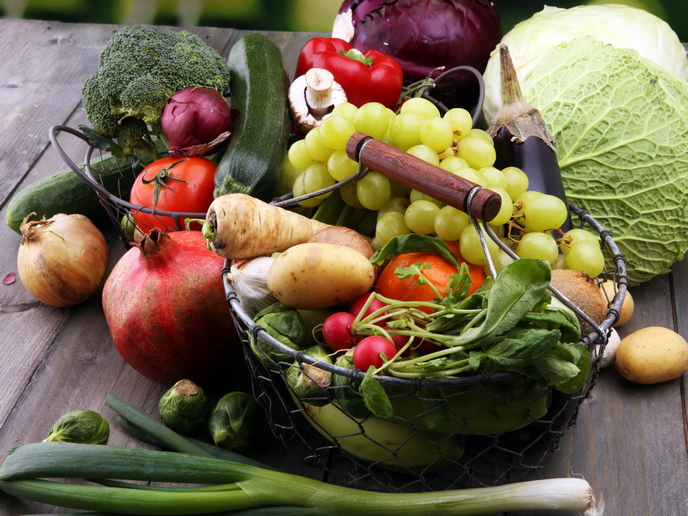Helping Europe secure water and nutrients
Two of the expected impacts of climate change are limitations in water accessibility and shortages of the major nutrients needed to grow crops. “Water is expected to be more limited in many areas of Europe, while nutrients may become less available partly as a consequence of greater water scarcity,” explains Philippe Hinsinger(opens in new window), senior scientist at INRAE Montpellier(opens in new window) and project coordinator of SolACE(opens in new window) (Solutions for improving Agroecosystem and Crop Efficiency for water and nutrient use). Major nutrients such as nitrogen and phosphorus are also applied by farmers through the use of fertilisers, which carries significant environmental impacts. Increasing the sustainability of European agriculture thus implies reduced use of fertilisers, resulting in more frequent situations of nitrogen or phosphorus limitation for crops. The EU-funded SolACE project aimed to overcome these obstacles by designing new crop genotypes able to grow in these challenging conditions. The team also devised a series of management practices to support European agriculture, for both organic and conventional farming systems. “Further decreasing the use of these fertilisers in Europe is absolutely needed for environmental reasons, as well as for economic reasons due to the increasing and fluctuating cost of fertilisers,” Hinsinger adds.
Innovative crop genotypes
Novel crop genotypes can better forage and exploit below-ground resources such as water and nutrients at depth, or achieve larger yields with less water or fewer nutrients being consumed. “In the context of SolACE, we dedicated much of our efforts to improving the acquisition efficiency as related to below-ground traits, which was the grand challenge of our project,” Hinsinger says. The team grew around 250 crop genotypes(opens in new window) of bread wheat and durum wheat, using imaging technologies to assess root traits. Smaller panels for potato genotypes were also investigated. The SolACE team also formulated a new breeding strategy. Root phenotype data led to the development of genomic selection models, which were successfully tested to improved crop performance in bread and durum wheat. The consortium also used biotechnologies to design hybrids in bread wheat and potatoes. The researchers devised a range of novel agroecosystem management practices, which were tested in pilot studies in the lab and then through field experiments in various locations across Europe. To further test these new strategies, the project ran on-farm experiments in seven farmers’ networks throughout Europe, and put substantial effort into modelling crop yields under future climate scenarios. “The use of crop models in combination with scenarios for a future climate in different regions of Europe showed a wide diversity of crop responses,” explains Hinsinger. “These were negative in southern and eastern regions and rather positive in many other areas: there yield improvement due to increased CO2 and temperature may occur,” he adds.
Policy and future research
SolACE outputs include a range of EIP-AGRI(opens in new window) abstracts, videos, training materials, and publications in specialised and scientific press and communication at conferences. The team also created a series of policy briefs, which provide key policy recommendations to address these specific challenges. “Further exploitation of some of these findings is currently being considered for the work, involving small and larger biotech companies,” says Hinsinger. “Engagement with the project has raised interest and enthusiasm for the tested innovations, especially among farmers.”







